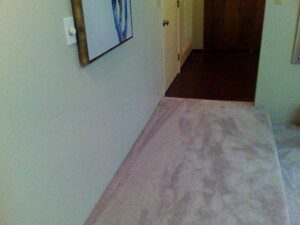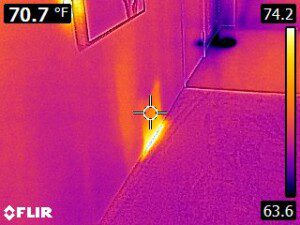Influenced by the changes in the economic and legal environments, home inspection requirements have been introduced and continue to develop as the industry changes. An increase in consumer expectations for more extensive information and protection has led to most states adopting Standard Operating Procedures (SOP’s) and licensure requirements for home inspectors.

Due to the lack of training, licensure and overall standards early on, the quality of inspectors and reports varied widely. It’s because of this that the home inspection industry was viewed with some suspicion. It has taken time to establish credibility as an official industry and to incorporate government entities to oversee the licensing process. As of 2022, fourteen states still do not require home inspectors to be licensed.
The early method of inspection used a simple checklist. Checklist reports are just that – a series of boxes with short descriptions after them. Descriptions were often abbreviated and might consist of only two or three words. Because checklist reports were so vague, very little information was actually provided and left open for a wide variation of interpretations. This format landed many inspectors in court to defend themselves. Through litigation, inspectors began forming legal agreements limiting liability. As SOPs advanced, so did the legal disclaimers. Today, most pre-inspection agreements are longer than the old checklist reports themselves. The advanced requirements set forth for home inspectors has led to more detailed narrative reports that more accurately describe existing conditions. Along with narration has come suggestions for repair and / or further evaluation by specialized contractors.

Modern technology may allow home inspectors to exceed the limitations of a “visual only” inspection if they wish. For example, a home inspector may use a thermal imaging camera to find hidden defects like a heating register that has been carpeted over. Please note that while this use of technology exceeds the limitations of a “visual only” inspection, home inspectors are not required to use advanced technology like this in their inspections and using it once inside a home (or in another home) does not obligate them to use it on every square inch of the home.
In order to get the most from your home inspection, it is important to communicate to the owners or occupants the importance of making major components visually accessible for the inspection. Home inspectors can only inspect what they can see and aren’t supposed to be moving personal belongings, so making all major components accessible in advance is critical.
